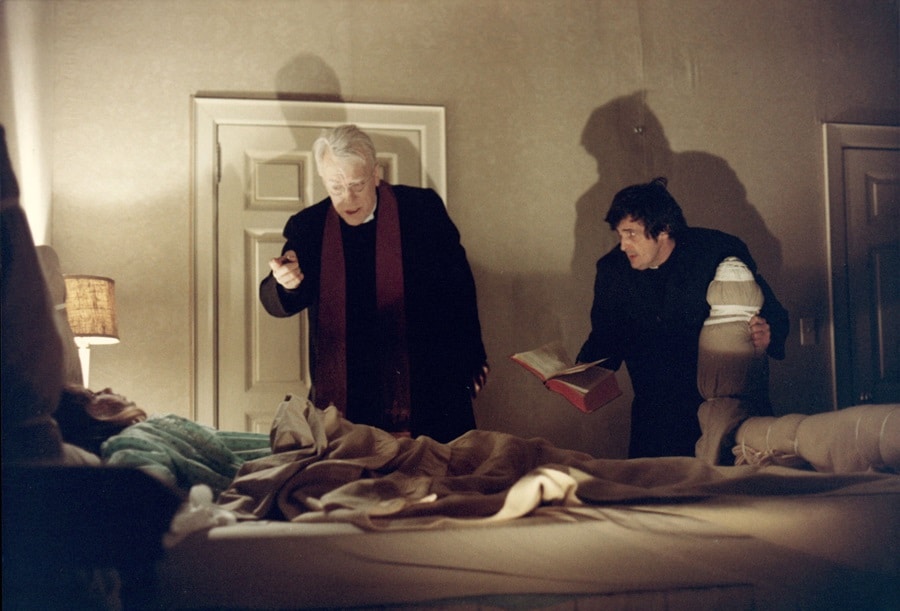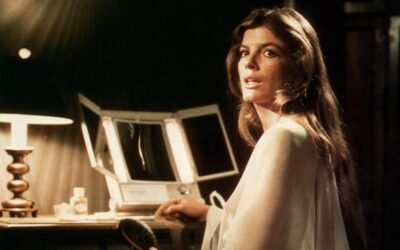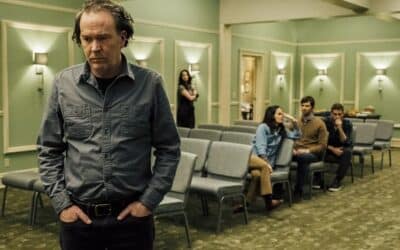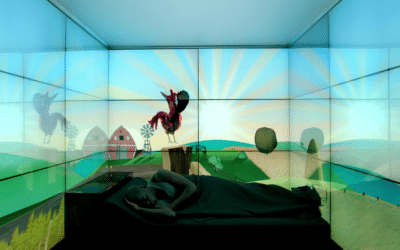
Demonic Forces in Horror
Lurking in the dimly lit corridors of horror fiction, religion often plays a starring role, weaving an intricate dance of faith, doubt, and the inevitable confrontation with demonic forces. The genre, notorious for pushing boundaries and provoking deep-seated fears, employs religious themes not merely as decorative motifs but as foundational elements that challenge both characters and audiences alike.
When tales of terror are spun, the invocation of religious symbols and themes can often amplify the horror element to a spine-chilling crescendo. Take, for example, William Peter Blatty’s “The Exorcist.” Here, the story of a young girl possessed by a demonic entity digs deep into the Catholic faith’s rites and battles with the supernatural. The book, and its subsequent iconic film adaptation directed by William Friedkin, hinge on the dramatic interplay of doubt and belief, priestly courage, and the existential terror of facing the infernal.
This blending of the sacred and the profane is not merely about shock value; it mirrors some of the most profound human conflicts. The duality of belief — the clash between the divine and the unholy — becomes a battleground where the stakes are eternally high. “The Exorcist” does not stand alone in its dark embrace of religious motifs. “Rosemary’s Baby,” both a novel by Ira Levin and a film by Roman Polanski, taps into the paranoia of the unknown, with its plot centered around a satanic cult and the impending birth of the Antichrist. The story’s horror is derived from the perversion of the maternal instinct and the sacrilegious corruption of birth, intertwined with esoteric biblical prophecies.
Similarly, Stephen King, a maestro of the macabre, often threads religious undertones into his narratives, creating a complex tapestry that examines the human condition. In “Carrie,” the destructive power of religious fanaticism is laid bare through the tragic figure of Carrie White, whose telekinetic powers are unleashed by the psychological and physical torment at the hands of her zealously religious mother and cruel classmates. King’s “The Stand” takes a more epic approach, depicting a literal battle between good and evil, steeped in Christian allegory, where survivors of a global pandemic find themselves drawn to two diametrically opposed leaders, one embodying the benevolent, the other the malevolent.
Religion in horror fiction also often explores the theme of existential dread. “The Omen” series, which began with David Seltzer’s novel and was popularized by Richard Donner’s film adaptation, delves into the biblical apocalypse narrative, where the birth of the Antichrist signifies the beginning of the end. Here, the psychological horror of global doom merges with intimate personal betrayal, as the protagonist, a father, discovers his son’s demonic origins.
Turning to the East, Japanese horror, or J-horror, presents another nuanced perspective on religious themes. “Ring,” a novel by Koji Suzuki adapted into a film by Hideo Nakata, blends Shinto spiritualism with the modern dread of technology. The cursed videotape, which brings death to all who view it, symbolizes a bridge between the spiritual realm and the earthly, where ancestral spirits and modern lives collide with fatal consequences.
Horror stories often reflect societal fears, with religion acting as a mirror to these anxieties. They question the very fabric of human belief systems, pushing characters to confront the profoundest parts of themselves — their faith, their god, and the absence thereof. It’s this interplay that provides a fertile ground for horror to flourish, tapping into the universal fear of what lies beyond the known, the sanctified, and the safe.
Moreover, the use of religious iconography and themes in horror extends beyond just narrative devices; they affect the aesthetic and tone of the stories. Crosses, holy water, and exorcism rituals contribute to an atmosphere laden with dread, drawing viewers into a world where the sacred borders on the horrific, and salvation is fraught with danger.
While the relationship between religion and horror may be complex and often contentious, it undeniably enriches the genre. It provides a profound commentary on the human psyche, exploring the depths of fear, belief, and the inescapable quest for meaning in the face of the unknown. Through these stories, the horror genre achieves what is perhaps its most unsettling feat: making us confront our deepest fears — not just of what lurks in the dark, but of the darkness we might discover within ourselves.
These narratives, by weaving the terrifying with the divine, compel us to consider more than just the superficial thrills of the genre. They ask us to ponder the bigger questions — about faith, about fate, and about the fundamental nature of evil. In horror fiction, the line between the sacred and the profane is often blurred, leaving us to wonder where true horror lies — in the external world of ghoulish figures and demonic apparitions, or within the hidden realms of our own beliefs? Through this exploration, horror achieves a transcendent quality, turning the profane into profound, the heretical into the theological.
Whether through books that become films, stories that become legends, or myths that become cautionary tales, the dance of religion in horror fiction continues to captivate and horrify, inviting us to examine just what we believe and why — especially when the lights go out.
More Horror Features
1970s Horror
The 1970s may be gone, but the fear they inspired remains
Horror Through the Ages
A Journey Through Time and Terror
Technology in Horror
When gadgets become nightmares



